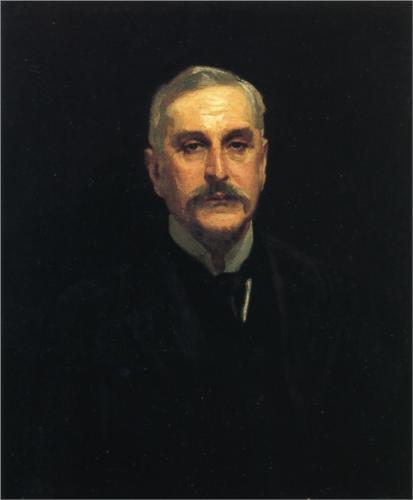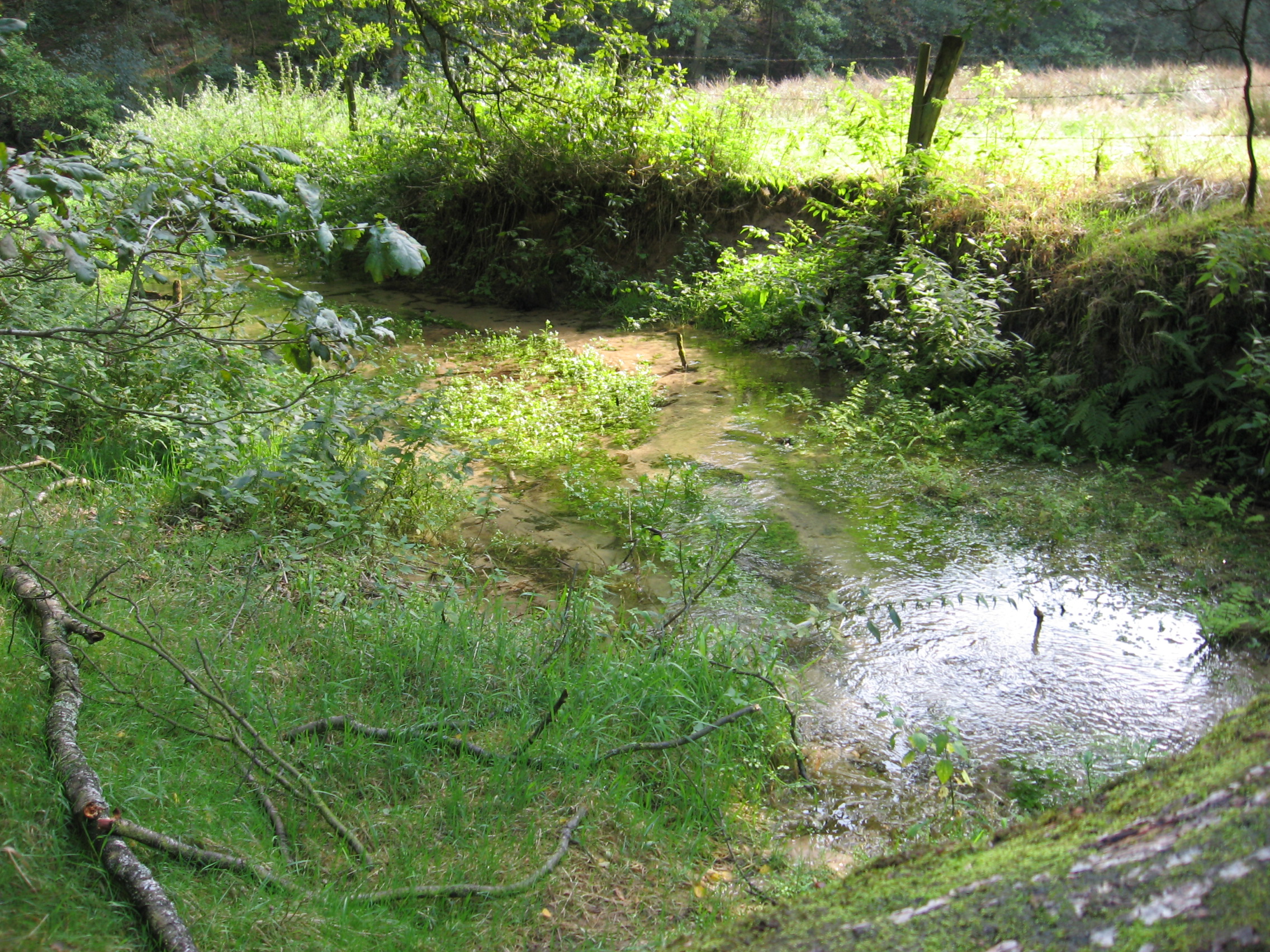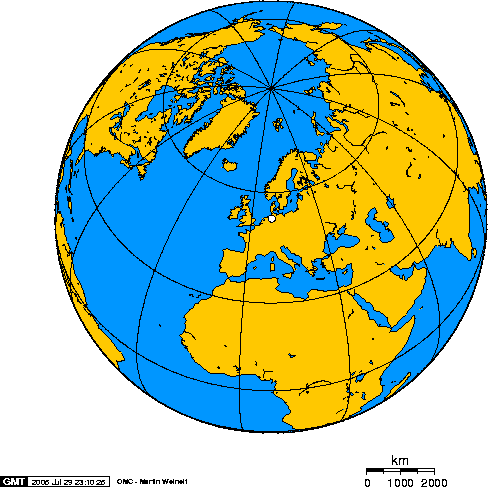|
HMS E5
HMS ''E5'' was a British E-class submarine built by Vickers Barrow-in-Furness. She was laid down on 9 June 1911 and was commissioned on 28 June 1913. She cost £106,700. ''E5'' was sunk, probably by striking a mine, on 7 March 1916. Design The early British E-class submarines, from ''E1'' to ''E8'', had a displacement of at the surface and while submerged. They had a length overall of and a beam of , and were powered by two Vickers eight-cylinder two-stroke diesel engines and two electric motors.Akerman, P. (1989). ''Encyclopaedia of British submarines 1901–1955''. p.150. Maritime Books. The class had a maximum surface speed of and a submerged speed of , with a fuel capacity of of diesel affording a range of when travelling at , while submerged they had a range of at . The early 'Group 1' ''E'' class boats were armed with four 18 inch (450 mm) torpedo tubes, one in the bow, one either side amidships, and one in the stern; a total of eight torpedoes were ... [...More Info...] [...Related Items...] OR: [Wikipedia] [Google] [Baidu] |
Vickers Limited
Vickers Limited was a British engineering conglomerate. The business began in Sheffield in 1828 as a steel foundry and became known for its church bells, going on to make shafts and propellers for ships, armour plate and then artillery. Entire large ships, cars, tanks and torpedoes followed. Airships and aircraft were added, and Vickers jet airliners were to remain in production until 1965. Financial problems following the death of the Vickers brothers were resolved in 1927 by separating Metropolitan Carriage Wagon and Finance Company and Metropolitan-Vickers, then merging the remaining bulk of the original business with Armstrong Whitworth to form Vickers-Armstrongs. The Vickers name resurfaced as Vickers plc between 1977 and 1999. History Foundry Vickers was formed in Sheffield as a steel foundry by the miller Edward Vickers and his father-in-law George Naylor in 1828. Naylor was a partner in the foundry Naylor & Sanderson, and Vickers' brother William owned a steel ... [...More Info...] [...Related Items...] OR: [Wikipedia] [Google] [Baidu] |
Refit
Refitting or refit of boats and marine vessels includes repairing, fixing, restoring, renewing, mending, and renovating an old vessel. Refitting has become one of the most important activities inside a shipyard. It offers a variety of services for an old vessel of any size and kind starting with the construction itself and what is added to it, such as hardware, electric & hydraulic systems, entertainment systems, etc. Ship refits can range from relatively straightforward small changes and new livery up to and including cutting the ship in half to facilitate near-total overhauls and redesign of interior spaces. Refitting can be divided into several main subjects: *''Adding'' or ''replacing'': for example replacing old deck equipment with new or refurbished ones. *''Modifying'': for example modifying a yacht for participating in winning a regatta. *''Customizing'': for example customizing a yacht for the owner's needs and desires. *''Modernizing'': for example modernizing an old yac ... [...More Info...] [...Related Items...] OR: [Wikipedia] [Google] [Baidu] |
British Admiralty
The Admiralty was a department of the Government of the United Kingdom responsible for the command of the Royal Navy until 1964, historically under its titular head, the Lord High Admiral – one of the Great Officers of State. For much of its history, from the early 18th century until its abolition, the role of the Lord High Admiral was almost invariably put "in commission" and exercised by the Lords Commissioner of the Admiralty, who sat on the governing Board of Admiralty, rather than by a single person. The Admiralty was replaced by the Admiralty Board in 1964, as part of the reforms that created the Ministry of Defence and its Navy Department (later Navy Command). Before the Acts of Union 1707, the Office of the Admiralty and Marine Affairs administered the Royal Navy of the Kingdom of England, which merged with the Royal Scots Navy and the absorbed the responsibilities of the Lord High Admiral of the Kingdom of Scotland with the unification of the Kingdom of G ... [...More Info...] [...Related Items...] OR: [Wikipedia] [Google] [Baidu] |
Lieutenant Commander
Lieutenant commander (also hyphenated lieutenant-commander and abbreviated Lt Cdr, LtCdr. or LCDR) is a commissioned officer rank in many navies. The rank is superior to a lieutenant and subordinate to a commander. The corresponding rank in most armies and air forces is major, and in the Royal Air Force and other Commonwealth air forces is squadron leader. The NATO rank code is mostly OF-3. A lieutenant commander is a department officer or the executive officer (second-in-command) on many warships and smaller shore installations, or the commanding officer of a smaller ship/installation. They are also department officers in naval aviation squadrons. Etymology Most Commonwealth and other navies address lieutenant commanders by their full rank or the positions they occupy ("captain" if in command of a vessel). The United States Navy, however, addresses officers by their full rank or the higher grade of the rank. For example, oral communications in formal and informal si ... [...More Info...] [...Related Items...] OR: [Wikipedia] [Google] [Baidu] |
Norderney
Norderney ( nds, Nördernee) is one of the seven populated East Frisian Islands off the North Sea coast of Germany. The island is , having a total area of about and is therefore Germany's ninth-largest island. Norderney's population amounts to about 5,850 people. In 1946 Norderney gained municipal status and belongs to the Aurich "Kreis" (county). On the northern side of the island lies a long sandy beach. The neighbouring island to the east is Baltrum, which lies about 800m (half a mile) away beyond the Wichter Ee. To the west is the island of Juist, about away on the other side of the Norderneyer Seegatt. The entire eastern half of Norderney belongs to the Lower Saxon Wadden Sea National Park. Access to the park is restricted, as it is subdivided in zones of different accessibility for the protection of the wildlife. The status as a National Park also affects all types of traffic on the island, while especially car traffic is subject to strict regulations. The mai ... [...More Info...] [...Related Items...] OR: [Wikipedia] [Google] [Baidu] |
High Seas Fleet
The High Seas Fleet (''Hochseeflotte'') was the battle fleet of the German Imperial Navy and saw action during the First World War. The formation was created in February 1907, when the Home Fleet (''Heimatflotte'') was renamed as the High Seas Fleet. Admiral Alfred von Tirpitz was the architect of the fleet; he envisioned a force powerful enough to challenge the Royal Navy's predominance. Kaiser Wilhelm II, the German Emperor, championed the fleet as the instrument by which he would seize overseas possessions and make Germany a global power. By concentrating a powerful battle fleet in the North Sea while the Royal Navy was required to disperse its forces around the British Empire, Tirpitz believed Germany could achieve a balance of force that could seriously damage British naval hegemony. This was the heart of Tirpitz's "Risk Theory", which held that Britain would not challenge Germany if the latter's fleet posed such a significant threat to its own. The primary component ... [...More Info...] [...Related Items...] OR: [Wikipedia] [Google] [Baidu] |
German Bight
The German Bight (german: Deutsche Bucht; da, tyske bugt; nl, Duitse bocht; fry, Dútske bocht; ; sometimes also the German Bay) is the southeastern bight of the North Sea bounded by the Netherlands and Germany to the south, and Denmark and Germany to the east (the Jutland peninsula). To the north and west it is limited by the Dogger Bank. The Bight contains the Frisian and Danish Islands. The Wadden Sea is approximately ten to twelve kilometres wide at the location of the German Bight.C.Michael Hogan. 2011''Wadden Sea''. eds. P.Saundry & C.Cleveland. Encyclopedia of Earth. National Council for Science and the Environment. Washington DC/ref> The Frisian islands and the nearby coastal areas are collectively known as Frisia. The southern portion of the bight is also known as the Heligoland Bight. Between 1949 and 1956 the BBC Sea Area Forecast (Shipping Forecast) used " Heligoland" as the designation for the area now referred to as German Bight. Use The German bight con ... [...More Info...] [...Related Items...] OR: [Wikipedia] [Google] [Baidu] |
Hoofden
Southern Bight, also known as the Flanders Bight, and (in Dutch) the Hoofden, is the southern bight of the North Sea bounded by the coasts of the Netherlands, Belgium, France and Great Britain. The Southern Bight is south west of the German Bight and the Wadden Sea. The Southern Bight is roughly delimited in the north by a roughly straight line between The Wash and the West Frisian Islands going south of the Dogger Bank, a large shallow part in the North Sea, and the Outer Silver Pit, a deep water channel south of the Dogger Bank. It corresponds to sea area Thames and the northern part of sea area Dover. There are many sand banks in the Southern Bight. From the Strait of Dover to the Norfolk Banks, there is a deep water channel, which enters into wherein the water is about 30 metres deep or deeper. At the end of the English Channel, this depth increases to about 100 metres. The North Sea as a whole has characteristics which are similar to those of the Atlantic Ocean, whereas t ... [...More Info...] [...Related Items...] OR: [Wikipedia] [Google] [Baidu] |
Ems (river)
The Ems (german: Ems; nl, Eems) is a river in northwestern Germany. It runs through the states of North Rhine-Westphalia and Lower Saxony, and discharges into the Dollart Bay which is part of the Wadden Sea. Its total length is . The state border between the Lower Saxon area of East Friesland (Germany) and the province of Groningen (Netherlands), whose exact course was the subject of a border dispute between Germany and the Netherlands (settled in 2014), runs through the Ems estuary. Course The source of the river is in the southern Teutoburg Forest in North Rhine-Westphalia. In Lower Saxony, the brook becomes a comparatively large river. Here the swampy region of Emsland is named after the river. In Meppen the Ems is joined by its largest tributary, the Hase River. It then flows northwards, close to the Dutch border, into East Frisia. Near Emden, it flows into the Dollart bay (a national park) and then continues as a tidal river towards the Dutch city of Delfzijl. ... [...More Info...] [...Related Items...] OR: [Wikipedia] [Google] [Baidu] |
Weser
The Weser () is a river of Lower Saxony in north-west Germany. It begins at Hannoversch Münden through the confluence of the Werra and Fulda. It passes through the Hanseatic city of Bremen. Its mouth is further north against the ports of Bremerhaven and Nordenham. The latter is on the Butjadingen Peninsula. It then merges into the North Sea via two highly saline, estuarine mouths. It connects to the canal network running east-west across the North German Plain. The river, when combined with the Werra (a dialectal form of "Weser"), is long and thus, the longest river entirely situated within Germany (the Main, however, is the longest if the Weser and Werra are not combined). The Weser itself is long. The Werra rises in Thuringia, the German state south of the main projection (tongue) of Lower Saxony. Etymology "Weser" and "Werra" are the same words in different dialects. The difference reflects the old linguistic border between Central and Low German, passin ... [...More Info...] [...Related Items...] OR: [Wikipedia] [Google] [Baidu] |
Helgoland
Heligoland (; german: Helgoland, ; Heligolandic Frisian: , , Mooring Frisian: , da, Helgoland) is a small archipelago in the North Sea. A part of the German state of Schleswig-Holstein since 1890, the islands were historically possessions of Denmark, then became the possessions of the United Kingdom from 1807 to 1890, and briefly managed as a war prize from 1945 to 1952. The islands are located in the Heligoland Bight (part of the German Bight) in the southeastern corner of the North Sea and had a population of 1,127 at the end of 2016. They are the only German islands not in the vicinity of the mainland. They lie approximately by sea from Cuxhaven at the mouth of the River Elbe. During a visit to the islands, August Heinrich Hoffmann von Fallersleben wrote the lyrics to "", which became the national anthem of Germany. In addition to German, the local population, who are ethnic Frisians, speak the Heligolandic dialect of the North Frisian language called . Name The ... [...More Info...] [...Related Items...] OR: [Wikipedia] [Google] [Baidu] |
North Sea
The North Sea lies between Great Britain, Norway, Denmark, Germany, the Netherlands and Belgium. An epeiric sea on the European continental shelf, it connects to the Atlantic Ocean through the English Channel in the south and the Norwegian Sea in the north. It is more than long and wide, covering . It hosts key north European shipping lanes and is a major fishery. The coast is a popular destination for recreation and tourism in bordering countries, and a rich source of energy resources, including wind and wave power. The North Sea has featured prominently in geopolitical and military affairs, particularly in Northern Europe, from the Middle Ages to the modern era. It was also important globally through the power northern Europeans projected worldwide during much of the Middle Ages and into the modern era. The North Sea was the centre of the Vikings' rise. The Hanseatic League, the Dutch Republic, and the British each sought to gain command of the North Sea and access ... [...More Info...] [...Related Items...] OR: [Wikipedia] [Google] [Baidu] |

_undergoing_refit_c1962.jpg)



%2C_Elbe%2C_Trischen.jpg)



